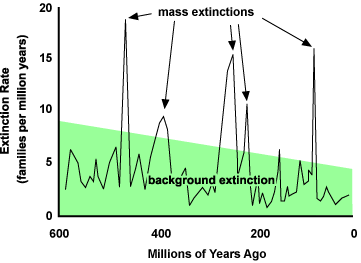I grew up with asthma which gets worst living in cities and much better living in smaller towns. Environmental pollution from vehicle exhaust and burning wood or coal are the primary culprits. Burning fossil fuels is affecting our health and the climate.
According to the National Institute of Environmental Health Sciences, “Lung disease is the third leading killer in the United States, responsible for one in seven deaths, and is the leading cause of death among infants under the age of one. Some lung diseases, like asthma and emphysema, involve a narrowing or blockage of the airways resulting in poor air flow. Others, including pulmonary fibrosis, pneumonia and lung cancer, are caused by a loss of elasticity in the lungs that produces a decrease in the total volume of air that the lungs are able to hold. Research has shown that long-term exposure to air pollutants can reduce lung growth and development and increase the risk of developing asthma, emphysema, and other respiratory diseases. Results from the NIEHS-supported Harvard Six Cities Study, the largest available database on the health effects of outdoor and indoor air pollution, show a strong association between exposure to ozone, fine particles and sulfur dioxide, and an increase in respiratory symptoms, reduced lung capacity, and risk of early death.”
Over 70 medical associations are advocating that climate change is a public health crisis. Here is the Climate Health Action call to action and list of supporting groups:
Academy of Integrative Health & Medicine
Alliance of Nurses for Healthy Environments
American Academy of Family Physicians
American Academy of Pediatrics
American Association of Community Psychiatrists
American College of Emergency Physicians, California chapter
American College of Lifestyle Medicine
American College of Physicians
American Heart Association
American Lung Association
American Medical Association
American Medical Women's Association
American Public Health Association
Association of Schools and Programs of Public Health
Bay Area Regional Health Inequities Initiative
Berkeley Media Studies Group
Boonshoft School of Medicine Wright State University
California Conference of Local Health Officers
California Environmental Health Association
California Public Health Association-North
Callifornia Conference of Directors of Environmental Health
Center for Climate Change and Health
Center for Climate, Health, and the Global Environment, Harvard T.H. Chan School of Public Health.
ChangeLab Solutions
Citizens Climate Health Team
Climate 911
Climate for Health, ecoAmerica
Climate Psychiatry Alliance
Colorado Public Health Association
Columbia University Mailman School of Public Health
Florida Clinicians for Climate Action
Florida State Medical Association
George Mason University Center for Climate Change Communication
Health Care Climate Council
Health Care Without Harm
Human Impact Partners
Infectious Diseases Society of America
International Transformational Resilience Coalition (ITRC)
Maine Public Health Association
Medical Advocates for Healthy Air
Medical Society Consortium on Climate and Health
Montana Health Professionals for a Healthy Climate
Multnomah County Health Department
National Association of Social Workers
National Environmental Health Association
National Medical Association
New York State Public Health Association
Ohio Clinicians for Climate Action
Oklahoma Public Health Association
Physicians for Social Responsibility
Physicians for Social Responsibility Maine Chapter
Physicians for Social Responsibility Wisconsin
Physicians for Social Responsibility, Arizona Chapter
Prevention Institute
PSR New Mexico Chapter
PSR-San Francisco Bay Area
PSR/Colorado Working Group
PSR/Florida
Public Health - Seattle & King County
Public Health Advocates
Public Health Alliance of Southern California
Public Health Institute
Regional Asthma Management and Prevention (RAMP)
Rutgers Global Health Institute
San Mateo County Health
Student Section of the Maryland Public Health Association
Temple University College of Public Health
Texas Physicians for Social Responsibility
University of Colorado Consortium on Climate & Health
University of Maryland School of Public Health
Utah Physicians for a Healthy Environment
Vermont Climate and Health Alliance
Virginia Clinicians for Climate Action
Washington Physicians for Social Responsibility
Western North Carolina Physicians for Social Responsibility
Wisconsin Environmental Health Network







